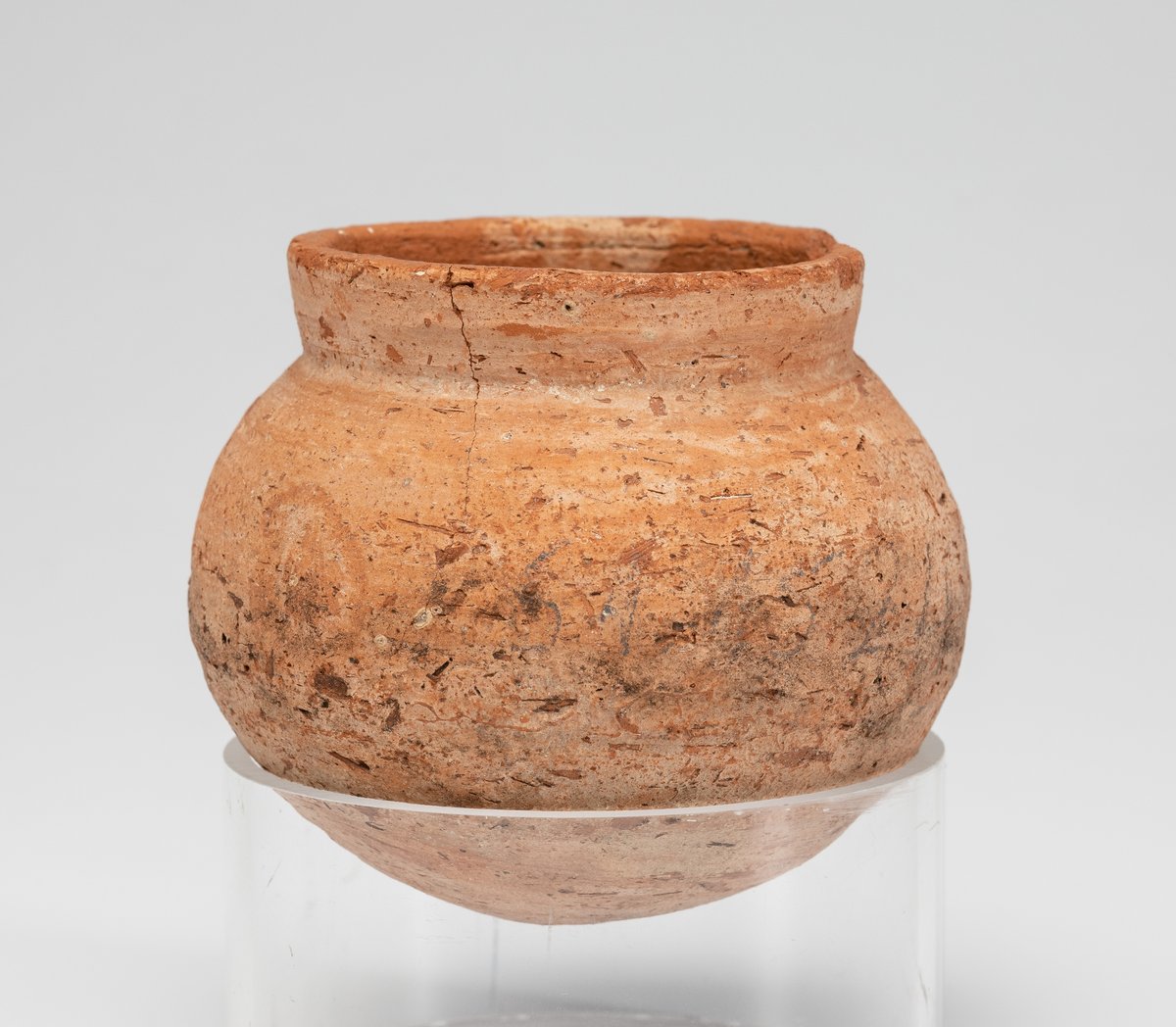
Vessel
Egyptian Art
| Place of production | Egypt |
|---|---|
| Date | 7th-1st centuries B.C. (664-30) |
| Object type | sculpture |
| Medium, technique | bronze |
| Dimensions | 5.2 x 1.6 x 4.7 cm |
| Inventory number | 51.1315 |
| Collection | Egyptian Art |
| On view | This artwork is not on display |
Apis, “the king of all sacred animals” in Egypt is depicted in this votive bronze statue probably dated to the Late Period. Thanks to the numerous positive characteristics attributed to bulls (procreative power, unfettered life energy), the Apis bull and its cult became part of the rituals connected to Egyptian kingship as early as the beginnings of the country’s written history. In the Late Period, votive bronze statues were produced and erected en masse to pay tribute to the Apis bull, which was considered the living image and earthly manifestation of Ptah.
The statuette shows the usual depiction of a bull striding forward with its left leg. Due to the oxidised surface, the quality of workmanship can be determined with difficulty, however, both the shapeless legs and the elaboration of the pedestal indicate that it is a piece of lower quality. Between its horns, the sacred animal is wearing a sun disc, however, the uraeus snake emerging from it cannot be observed. The smooth-cut rear leg of the animal indicates deficiency in the process of moulding. There is a pin in the middle part of the pedestal.
This record is subject to revision due to ongoing research.